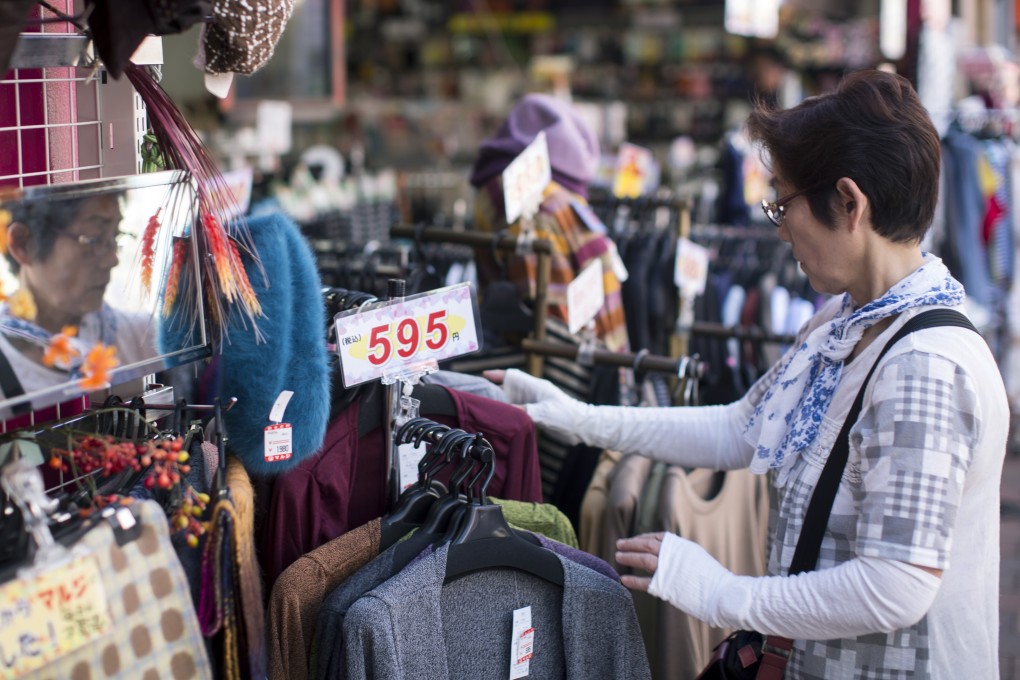Japan’s digital payments rise as people avoid touching cash amid coronavirus pandemic
- Japan has long been known for its heavy use of cash, which is a burden for banks that are trying to shift more routine, unprofitable tasks to digital channels
- The government has set a goal of increasing cashless payments to about 40 per cent of all transactions by 2025, from about 20 per cent currently

“A trend toward cashless payments, which so far progressed gradually, has picked up speed during the pandemic,” Kanetsugu Mike, chairman of the Japanese Bankers Association, said at a news briefing on Thursday. “The banking industry would like to actively work toward going cashless.”
Japan has long been known for its heavy use of cash, which is a burden for banks that are trying to shift more routine, unprofitable tasks to digital channels. Maintaining ATMs alone costs about 700 billion yen (US$6.6 billion) annually and another 100 billion yen is spent handling cash at branch counters, Nomura Research Institute estimates.
Now the pandemic has added an incentive for consumers and merchants to avoid touching physical money.

As well as reducing costs, cashless payments could help to spur innovations in areas such as the use of transaction data, said Mike, who is also chief executive officer of Mitsubishi UFJ Financial Group Inc.’s main banking unit.
